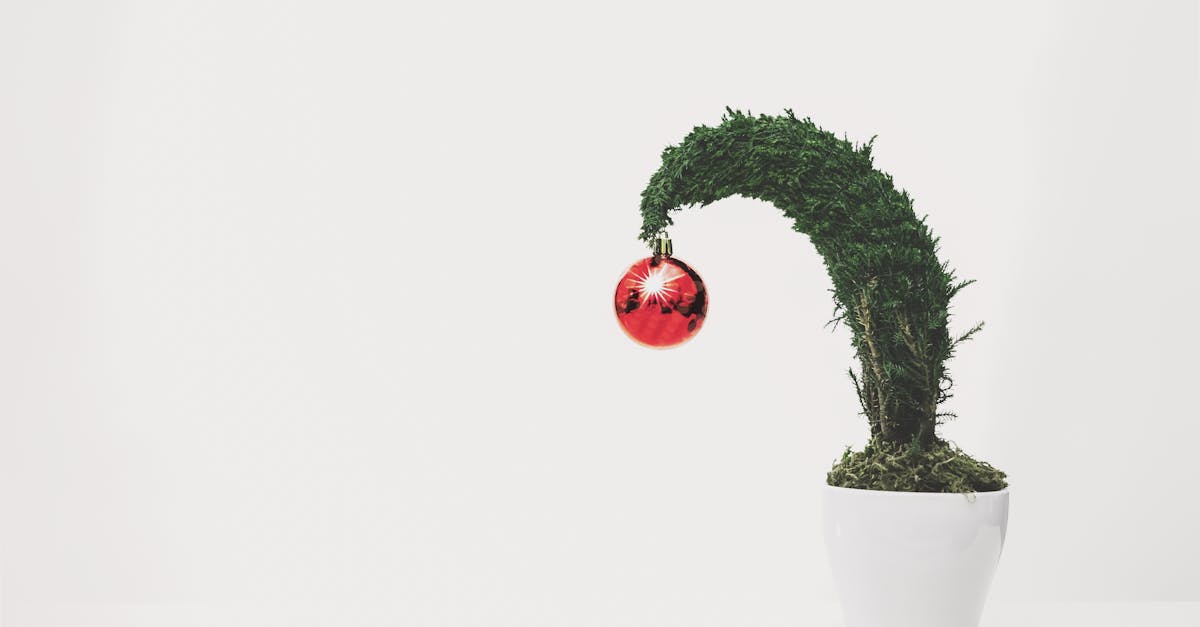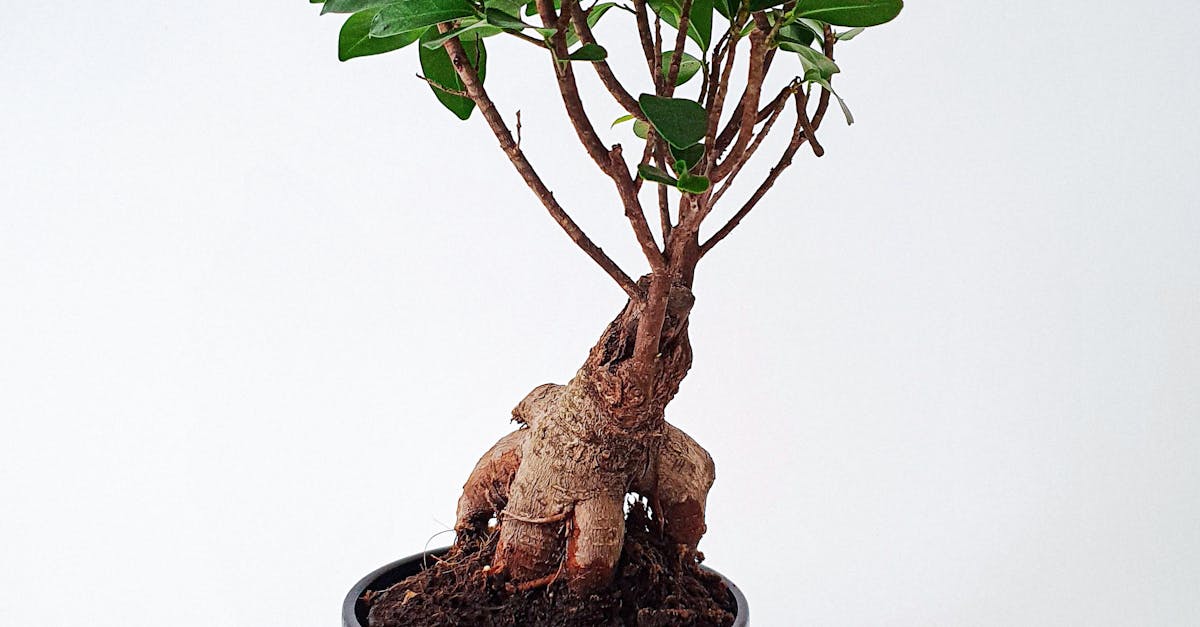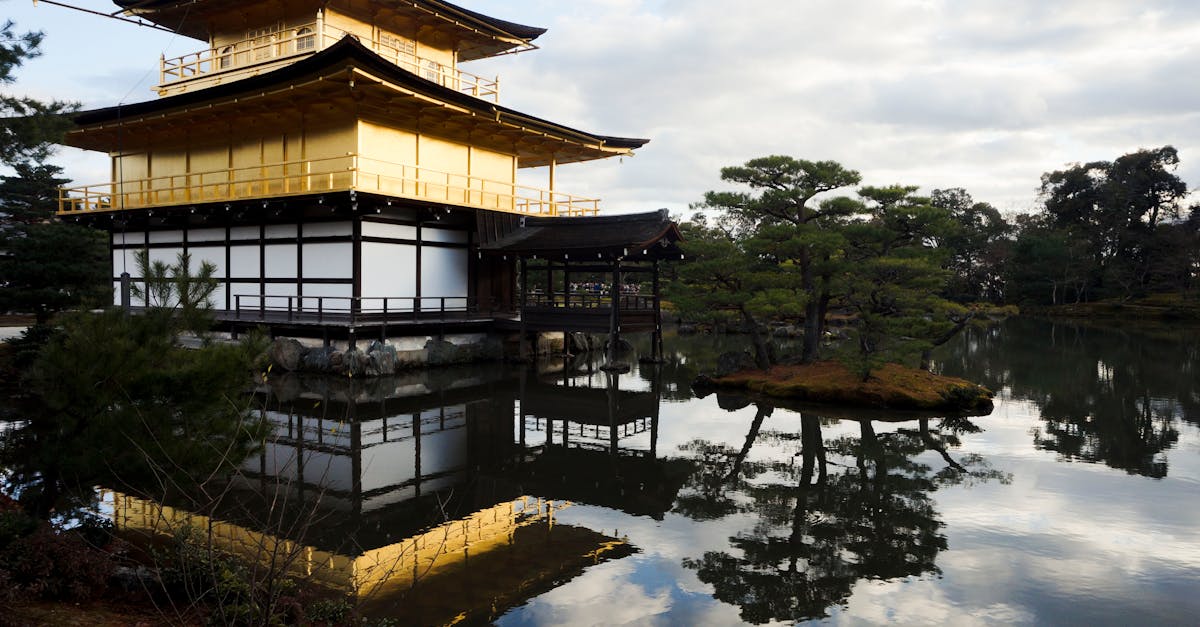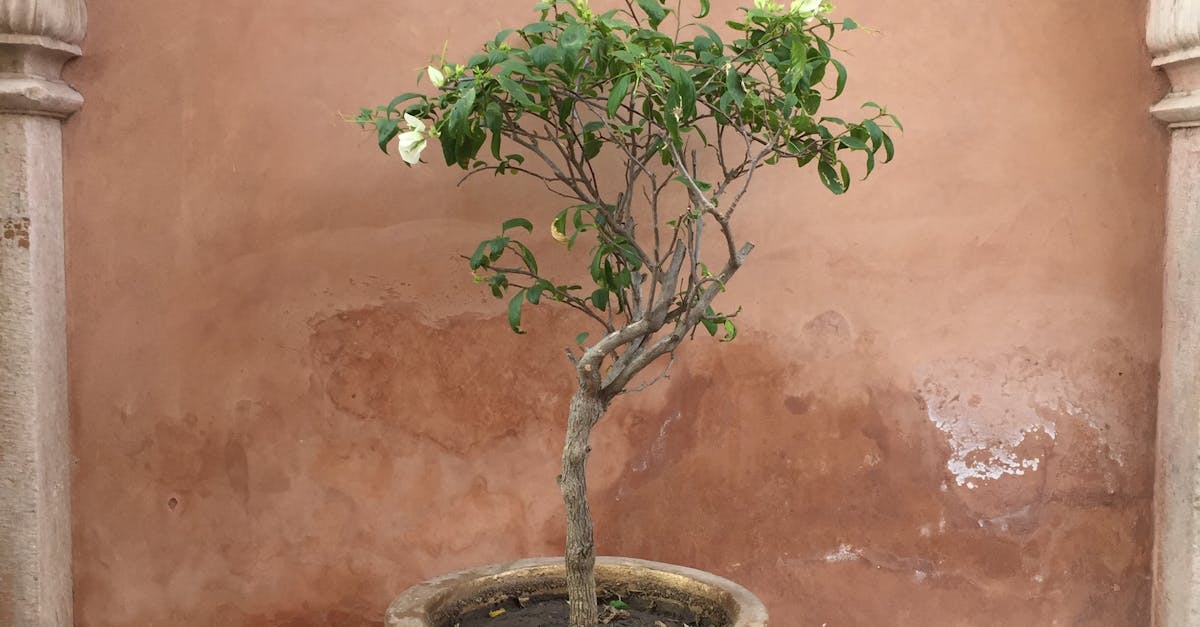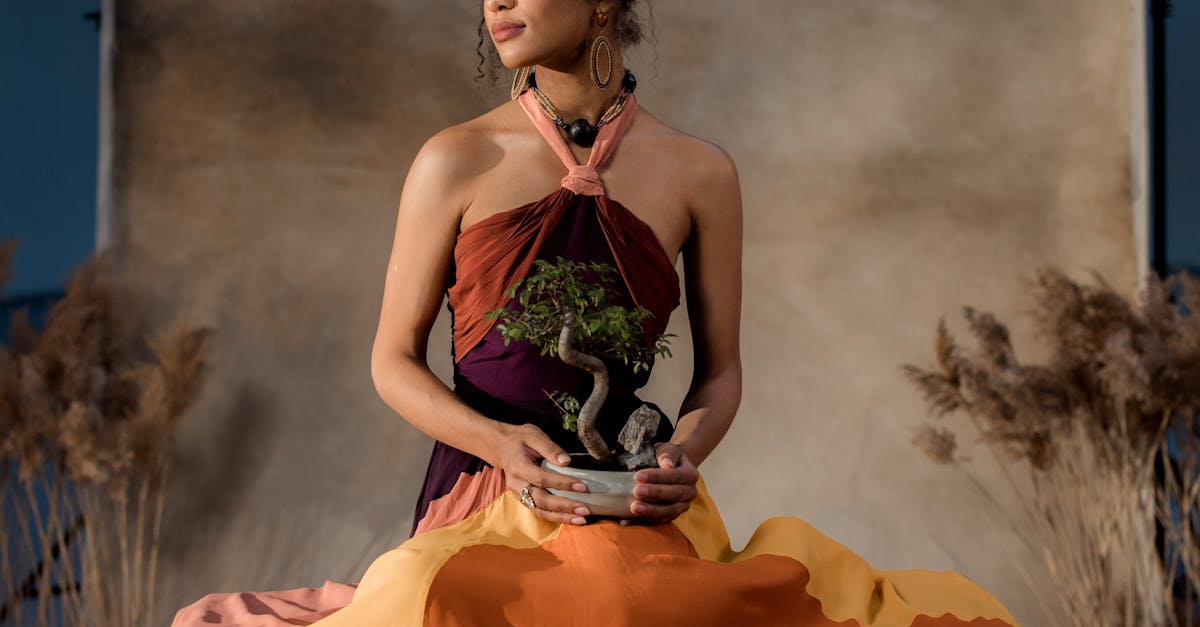Cultivating the Art of Japanese Cedar Bonsai: A Journey into Miniature Landscapes
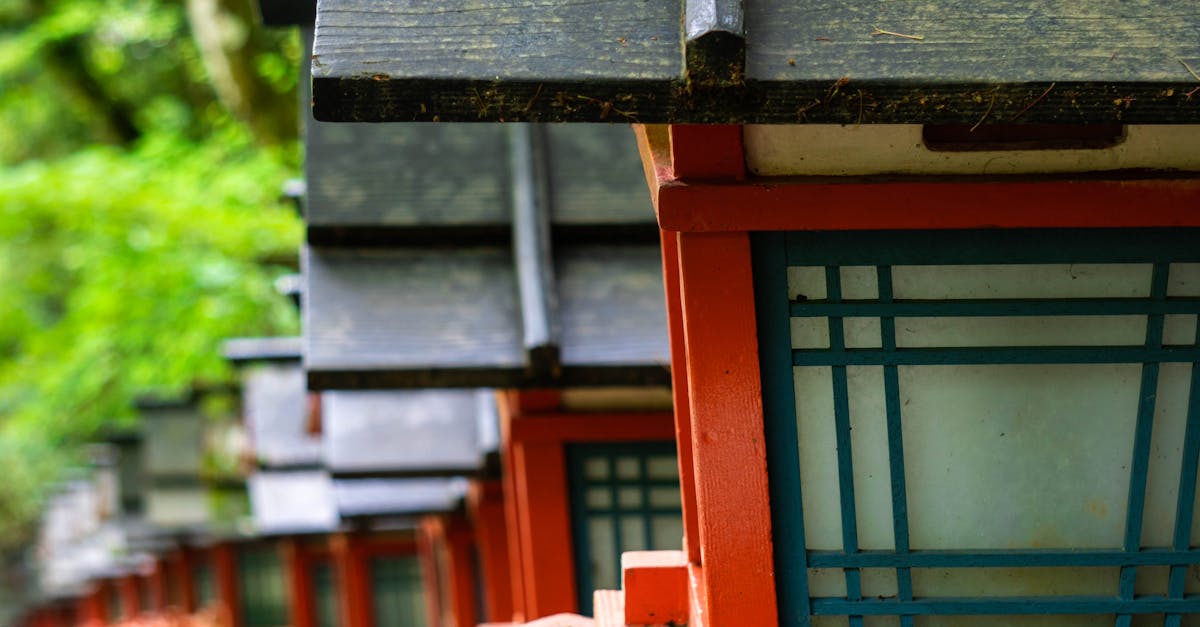
The art of cultivating Japanese Cedar bonsai is a captivating endeavor that blends artistry and horticulture, resulting in miniature landscapes that embody the beauty and tranquility of nature. This comprehensive guide will delve into the intricacies of Japanese Cedar bonsai cultivation, from selecting and acquiring the ideal plant to mastering the techniques of styling, cultivation, and care. Embarking on this journey, you’ll discover the unique characteristics and historical significance of Japanese Cedar, gaining an understanding of its adaptability to bonsai cultivation. Whether you’re an experienced bonsai enthusiast or a budding gardener, this guide will equip you with the knowledge and skills to cultivate and style your own Japanese Cedar bonsai, creating a living masterpiece that will bring years of enjoyment and aesthetic enrichment.
1. Introduction to the Japanese Cedar Bonsai
Introduction to the Japanese Cedar Bonsai
The Japanese Cedar (Cryptomeria japonica) is an evergreen conifer native to Japan, Korea, and China. It is a majestic tree that has been revered for centuries for its strength, longevity, and aesthetic beauty. With its dense foliage, intricate branching, and adaptability to various climates, the Japanese Cedar has become a highly sought-after species for bonsai cultivation.
Bonsai is the ancient Japanese art of cultivating miniature trees in containers, creating living works of art that embody the beauty and tranquility of nature. Japanese Cedar is particularly well-suited to bonsai due to its slow growth rate, compact size, and ability to withstand the pruning and shaping techniques employed in bonsai cultivation.
The historical and cultural significance of Japanese Cedar bonsai is deeply rooted in Japanese tradition. These miniature trees have been prized for their ability to bring the beauty of nature indoors, creating a sense of peace and harmony within living spaces. Japanese Cedar bonsai are often featured in traditional Japanese homes, temples, and gardens, where they are admired for their timeless elegance and connection to the natural world.
2. Styling Techniques for Japanese Cedar Bonsai
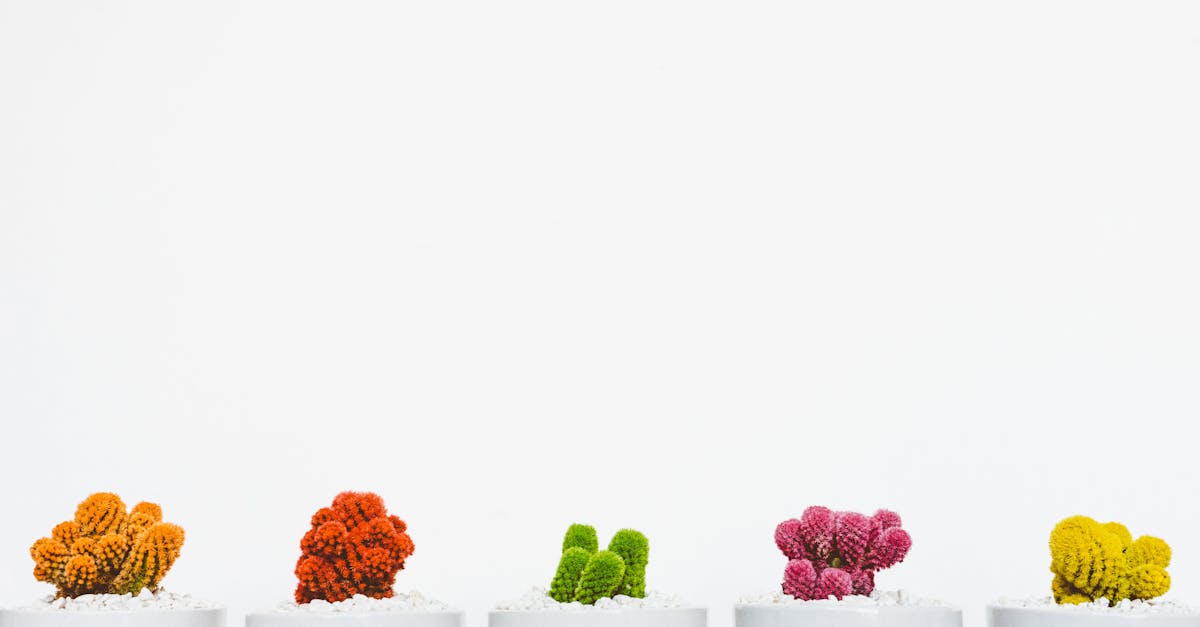
Styling Techniques for Japanese Cedar Bonsai
Styling is a fundamental aspect of bonsai cultivation, and Japanese Cedar bonsai offer a wide range of possibilities for shaping and styling. The goal of styling is to create a miniature tree that resembles a mature tree found in nature, capturing its essence and character in a compact form. There are various styling techniques used for Japanese Cedar bonsai, each with its unique characteristics and aesthetic appeal.
Formal Upright Style: This is the most traditional and formal style for Japanese Cedar bonsai. The tree is trained to grow upright, with a straight trunk and evenly spaced branches that form a conical shape. The branches are typically arranged in tiers, creating a balanced and symmetrical appearance.
Informal Upright Style: This style is similar to the formal upright style, but allows for more variation and asymmetry. The trunk may be slightly curved or leaning, and the branches can be arranged in a more naturalistic manner. This style mimics the appearance of windswept trees found in nature.
Pruning and Wiring Techniques
Pruning and Wiring Techniques
Pruning and wiring are essential techniques for controlling the growth and shape of your Japanese Cedar bonsai. Pruning involves selectively removing branches and leaves to encourage ramification (the development of new branches) and to maintain the desired shape of the tree. Wiring is used to position and train branches into specific shapes and angles, helping to create a balanced and aesthetically pleasing bonsai.
Pruning: When pruning Japanese Cedar bonsai, it is important to use sharp, clean tools to make precise cuts. Pruning should be done during the growing season, when the tree is actively producing new growth. Remove any dead, diseased, or crossing branches, as well as any branches that are growing in an undesirable direction. Prune back new growth to encourage ramification and to maintain the desired shape of the tree.
Wiring: Wiring should be done carefully to avoid damaging the branches. Use soft, pliable wire that is specifically designed for bonsai wiring. Wrap the wire around the branch in a figure-eight pattern, securing it firmly but not too tightly. Gradually bend the branch into the desired position, taking care not to over-bend it. Wiring can be left in place for several months, or until the branch has set in its new position.
Jin and Shari Techniques
Jin and Shari Techniques
Jin and Shari are advanced techniques used in bonsai to create the illusion of weathered and windswept trees. Jin refers to deadwood that has been left on the tree, while Shari refers to areas of exposed wood where the bark has been removed. These techniques can add character and age to your bonsai, giving it the appearance of a tree that has經歷 many years of growth and exposure to the elements.
Jin: To create Jin, you will need to remove the bark from a section of the branch or trunk. This can be done using a sharp knife or chisel. Once the bark has been removed, you will need to allow the wood to dry and weather naturally. Over time, the wood will turn a silvery-gray color and develop a rough texture.
Shari: Shari is created by removing a section of the bark from the trunk or branches, exposing the underlying wood. The exposed wood will then be allowed to weather naturally, developing a smooth, bleached appearance. Shari can be used to create the illusion of old wounds or scars, adding character and interest to your bonsai.
3. Cultivation and Care of Japanese Cedar Bonsai
Cultivation and Care of Japanese Cedar Bonsai
Cultivating and caring for Japanese Cedar bonsai requires a good understanding of their specific needs and preferences. Providing the right growing conditions, watering, fertilizing, and pest and disease management are essential for maintaining the health and beauty of your bonsai.
Soil Composition: Japanese Cedar bonsai prefer well-draining soil that is slightly acidic. A good soil mix for Japanese Cedar bonsai consists of akadama (a type of Japanese clay soil), pumice, and lava rock. This combination provides good drainage and aeration, which is essential for healthy root development.
Watering: Japanese Cedar bonsai should be watered regularly, especially during the growing season. Allow the soil to dry out slightly between waterings, but do not let it dry out completely. Over-watering can lead to root rot, which can be fatal to your bonsai. Use room temperature water and avoid getting the foliage wet, as this can promote fungal diseases.
Potting and Soil Requirements
Potting and Soil Requirements
Choosing the right pot and soil is essential for the health and development of your Japanese Cedar bonsai. The pot should provide good drainage and aeration, and should be large enough to accommodate the root system without being too large. Japanese Cedar bonsai prefer well-draining soil that is slightly acidic. A good soil mix for Japanese Cedar bonsai consists of akadama (a type of Japanese clay soil), pumice, and lava rock. This combination provides good drainage and aeration, which is essential for healthy root development.
When potting your Japanese Cedar bonsai, be sure to use a pot with drainage holes. Place a layer of gravel or lava rock at the bottom of the pot to help with drainage. Then, fill the pot with the soil mix, leaving about an inch of space at the top. Gently remove the bonsai from its old pot and place it in the new pot. Fill in the remaining space with soil mix and gently firm it around the roots. Water the bonsai thoroughly and place it in a bright location.
Watering and Fertilizing
Watering and Fertilizing
Watering and fertilizing are essential for the health and vitality of your Japanese Cedar bonsai. Japanese Cedar bonsai should be watered regularly, especially during the growing season. Allow the soil to dry out slightly between waterings, but do not let it dry out completely. Over-watering can lead to root rot, which can be fatal to your bonsai. Use room temperature water and avoid getting the foliage wet, as this can promote fungal diseases.
Fertilizing your Japanese Cedar bonsai on a regular basis will help to ensure that it has the nutrients it needs to grow and thrive. A balanced fertilizer, such as a 10-10-10 NPK fertilizer, can be used. Fertilize your bonsai every two to three weeks during the growing season, and reduce fertilizing to once a month during the winter months.
4. Advanced Techniques for Japanese Cedar Bonsai
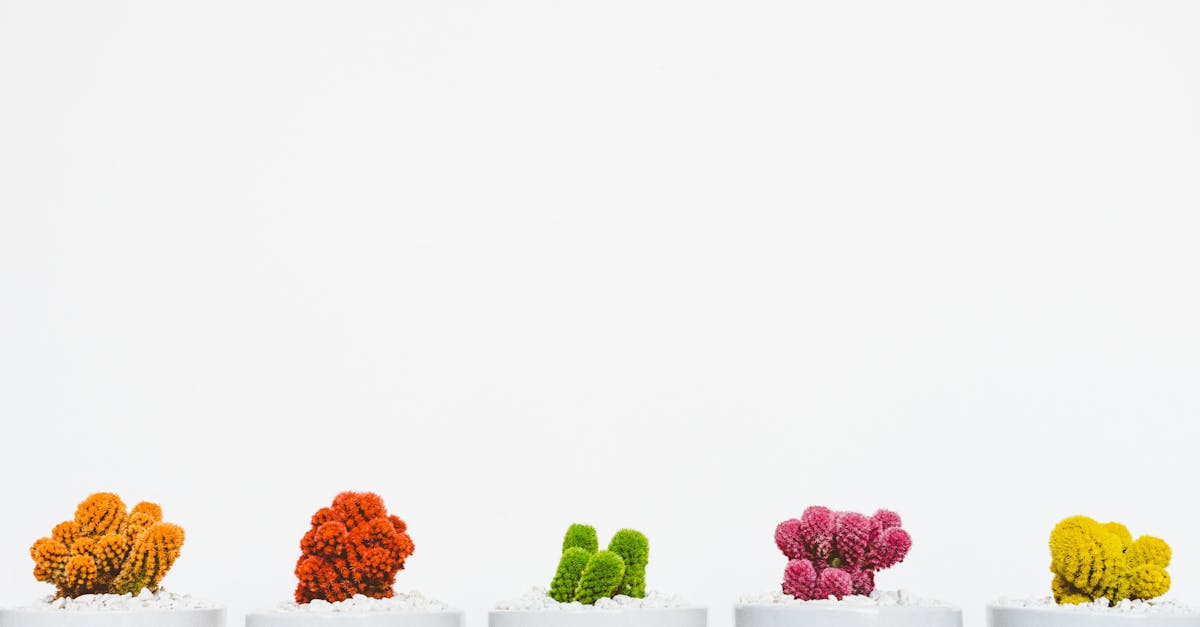
Advanced Techniques for Japanese Cedar Bonsai
Once you have mastered the basics of Japanese Cedar bonsai cultivation and care, you can begin to explore more advanced techniques to enhance the aesthetics and longevity of your bonsai. These techniques include grafting, root over rock, and companion planting.
Grafting: Grafting is a technique used to join two or more plants together, creating a new plant with the characteristics of both parents. Grafting can be used to create new varieties of Japanese Cedar bonsai, or to repair damaged trees. There are many different grafting techniques, but the most common technique for Japanese Cedar bonsai is cleft grafting.
Root over Rock: Root over rock is a technique used to create the illusion that the roots of your bonsai are growing over a rock. This technique can add interest and character to your bonsai, and it can also help to stabilize the tree.
5. Common Pests and Diseases of Japanese Cedar Bonsai
Common Pests and Diseases of Japanese Cedar Bonsai
Like all plants, Japanese Cedar bonsai are susceptible to a variety of pests and diseases. It is important to be able to identify these pests and diseases so that you can take steps to prevent or treat them. Some of the most common pests and diseases of Japanese Cedar bonsai include:
Aphids: Aphids are small, soft-bodied insects that feed on the sap of plants. They can cause leaves to turn yellow and drop off, and they can also stunt the growth of your bonsai. Aphids can be controlled with insecticidal soap or neem oil.
Mealybugs: Mealybugs are small, white insects that feed on the sap of plants. They can cause leaves to turn yellow and drop off, and they can also secrete a sticky substance that attracts ants. Mealybugs can be controlled with insecticidal soap or rubbing alcohol.
Aphids and Mealybugs
Aphids and Mealybugs
Aphids are small, soft-bodied insects that feed on the sap of plants. They can be green, black, or brown, and they often cluster on the undersides of leaves or on new growth. Aphids can cause leaves to turn yellow and drop off, and they can also stunt the growth of your bonsai. Aphids can be controlled with insecticidal soap or neem oil.
Mealybugs are small, white insects that feed on the sap of plants. They are covered in a white, waxy substance that makes them look like tiny pieces of cotton. Mealybugs can cause leaves to turn yellow and drop off, and they can also secrete a sticky substance that attracts ants. Mealybugs can be controlled with insecticidal soap or rubbing alcohol.
Fungal Diseases
Fungal Diseases
Needle blight is a fungal disease that can cause the needles of your Japanese Cedar bonsai to turn brown and drop off. Needle blight can be caused by a variety of fungi, but the most common cause is the fungus Pestalotiopsis funerea. Needle blight can be treated with fungicides, but it is important to diagnose the disease early on to prevent it from spreading.
Root rot is a fungal disease that can cause the roots of your Japanese Cedar bonsai to rot and die. Root rot can be caused by a variety of fungi, but the most common cause is the fungus Phytophthora cinnamomi. Root rot can be difficult to diagnose, but it can be treated with fungicides if it is caught early on.
What is the best soil mix for Japanese Cedar bonsai?
The best soil mix for Japanese Cedar bonsai is a well-draining mix that is slightly acidic. A good mix consists of akadama (a type of Japanese clay soil), pumice, and lava rock.
How often should I water my Japanese Cedar bonsai?
Japanese Cedar bonsai should be watered regularly, especially during the growing season. Allow the soil to dry out slightly between waterings, but do not let it dry out completely.
How often should I fertilize my Japanese Cedar bonsai?
Japanese Cedar bonsai should be fertilized every two to three weeks during the growing season, and once a month during the winter months.
What are some common pests and diseases that affect Japanese Cedar bonsai?
Some common pests that affect Japanese Cedar bonsai include aphids and mealybugs. Some common diseases include needle blight and root rot.
How can I prevent and treat pests and diseases on my Japanese Cedar bonsai?
To prevent pests and diseases, it is important to keep your bonsai healthy and well-cared for. This includes providing the right amount of water, fertilizer, and light. You should also regularly inspect your bonsai for signs of pests or diseases. If you do find pests or diseases, you can treat them with appropriate pesticides or fungicides.

